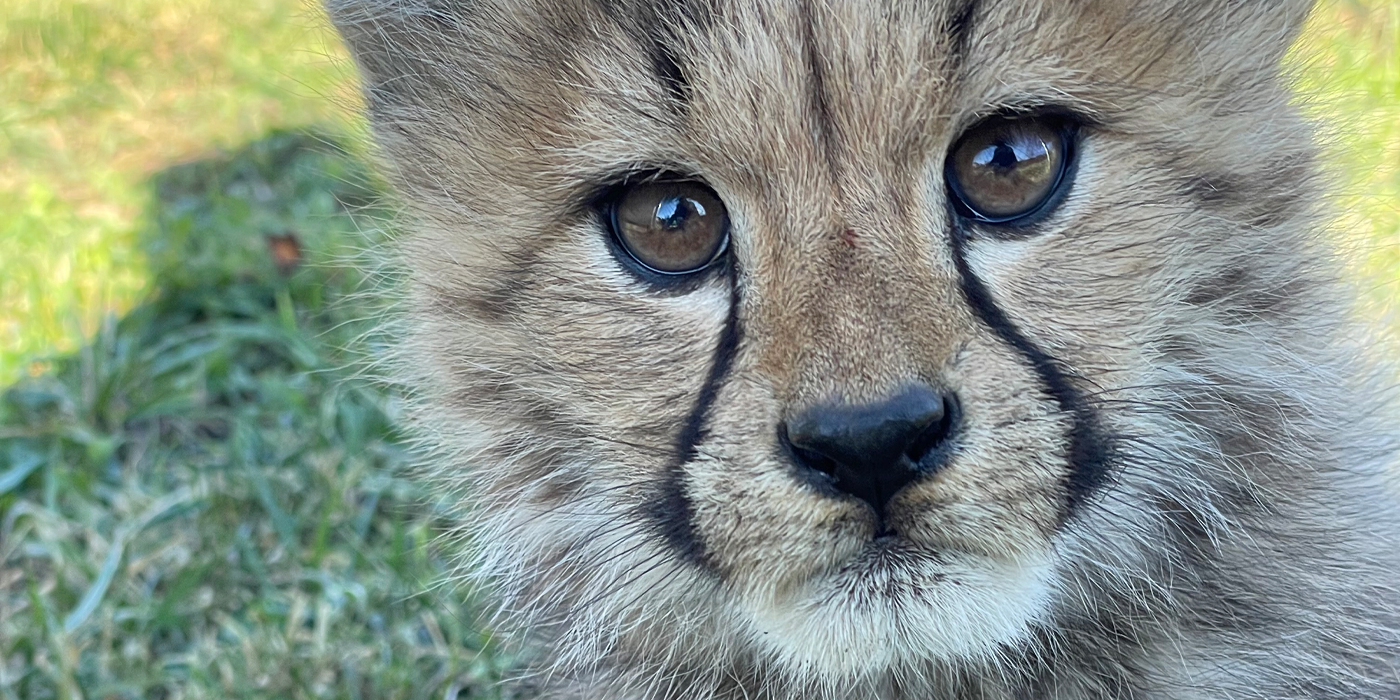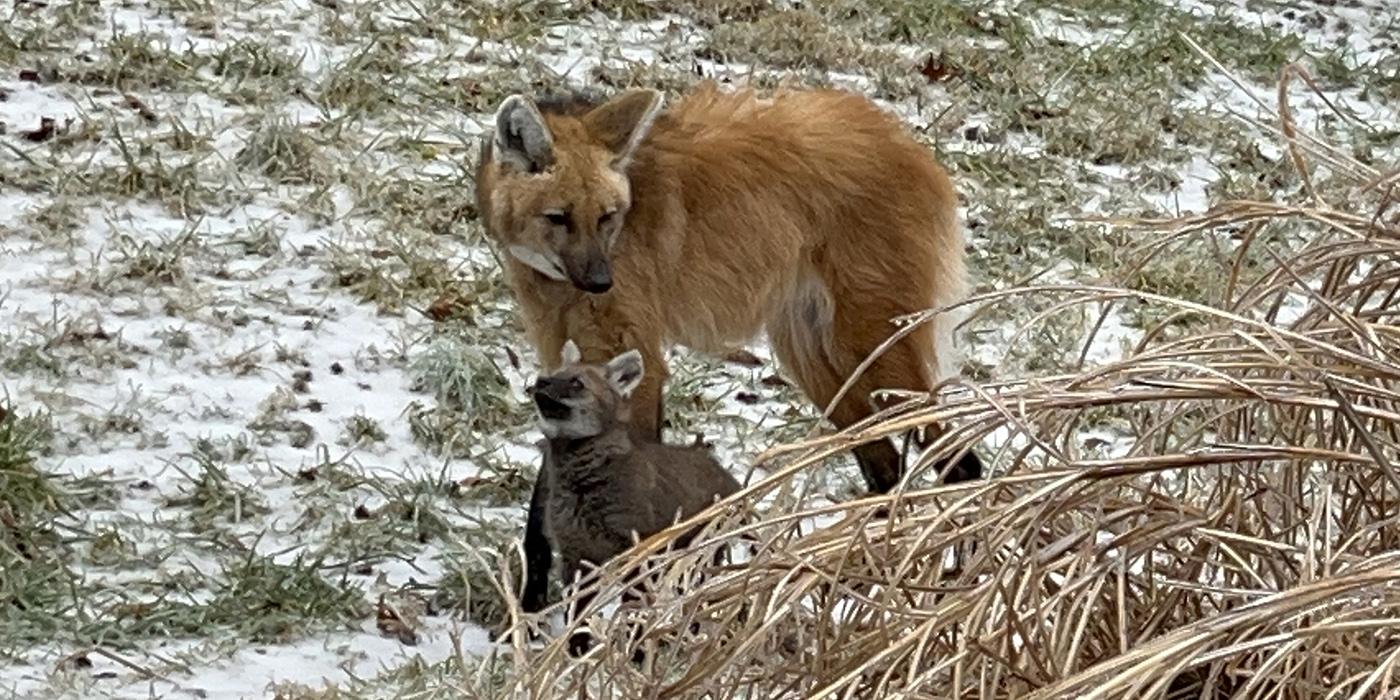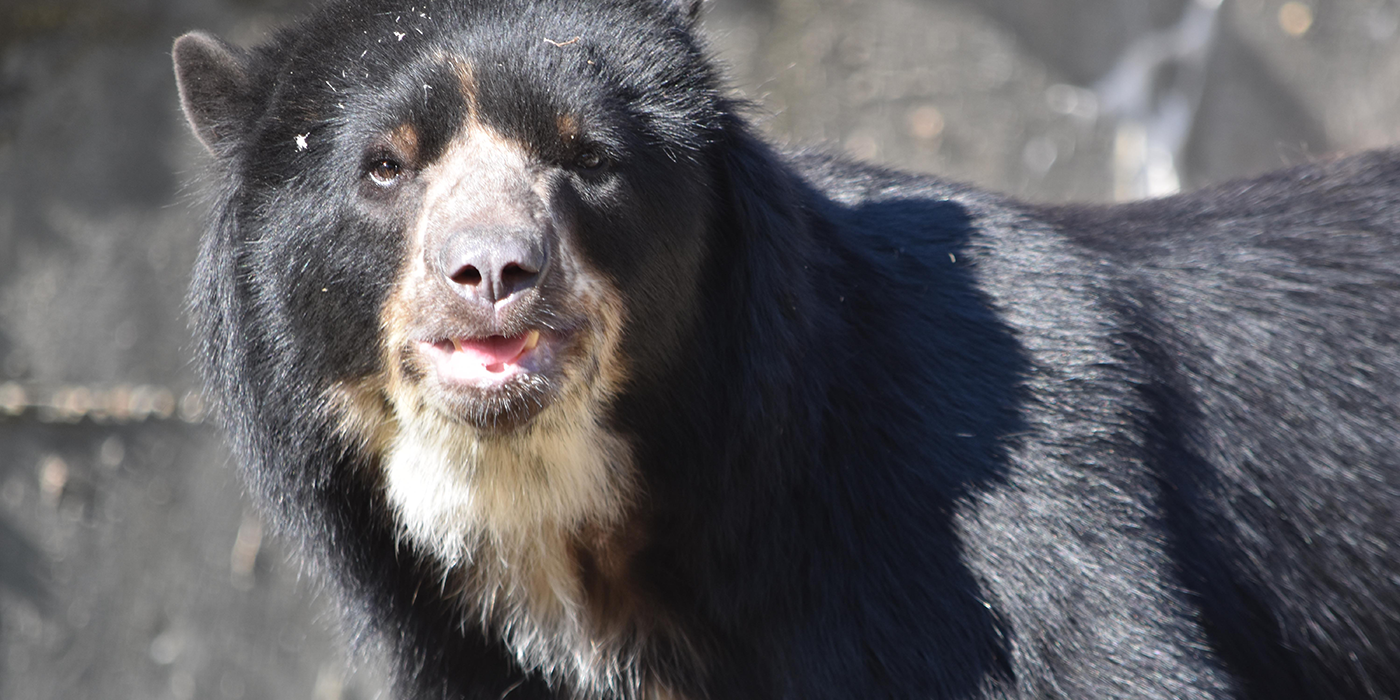How Genomic Science Solved a Cheetah Paternity Mystery
Tucked away in a quiet corner of the Smithsonian’s National Zoo and Conservation Biology Institute’s Front Royal, Virginia, campus, five spotted cubs tumble and dart across a grassy enclosure nestled in the foothills of the Blue Ridge mountains.
The cub's mother, Echo, sunbathes in a distant patch of grass. At five months old, the litter doesn’t need a lot of hands-on parenting.
As for the cats’ father? That’s where the story gets complicated.
Before she became pregnant, 8-year-old Echo paired up with two potential fathers, or sires. And even though the cubs are in good health, reliable parenting data is crucial to ensuring that structured conservation programs, like the one Echo is enrolled in, are making decisions that maintain the genetic diversity of the species. Without reliable paternity information, the cubs would not be good candidates for such programs when they got older.
The lineage behind each cheetah cub remained a mystery for months. A collaborative effort from Smithsonian’s National Zoo and Conservation Biology Institute’s animal care teams, veterinary staff and researchers from the Center for Conservation Genomics would be required to reveal the litter's true paternity—along with a thorough understanding of what makes these threatened cats so intriguing on a genetic level.
Breeding programs and genetics
Genetic diversity plays a major role in the overall health of a species. Maintaining a deep gene pool allows a species to adapt to future environmental changes while avoiding health problems associated with inbreeding.
On the flipside, low genetic diversity can lead to all sorts of problems within a small population—as a historical example, members of the royal European Habsburg dynasty famously suffered physical and mental problems as a result of several generations of close family marriages.
Cheetahs have staggeringly poor genetic diversity. Research suggests this lack of genetic variation is tied to a population bottleneck that nearly wiped the species off the planet some 12,000 years ago. This near-extinction, and the generations of inbreeding that followed, means modern cheetahs cannot reproduce as easily, are highly susceptible to disease and are less able to evolve with their ever-changing environment.
Most cheetah births in North America are managed by the Association of Zoos and Aquariums’ (AZA) Species Survival Plan (SSP), which uses population modeling data to make decisions on transfers and breeding with the goal of creating a self-sustaining and biologically sound population. On a practical level, this means cheetah couples are only matched if both mates are behaviorally compatible and far enough away from each other on the family tree.
“There’s just not a lot of diversity at the genetic level. So, the little bit of diversity we have, we try to maximize on it,” said Smithsonian carnivore biologist Adrienne Crosier.

A den cam view of Echo and her litter of cubs, pictured shortly after their birth in September 2023.
A match for Echo
When Echo entered a period when she would be most receptive to amorous attention from male cheetahs, Crosier determined it would be important to make sure she had every opportunity to attempt breeding. Echo had previously raised her first litter in 2020, and cheetah mothers with successful parenting experience are vital for conservation programs.
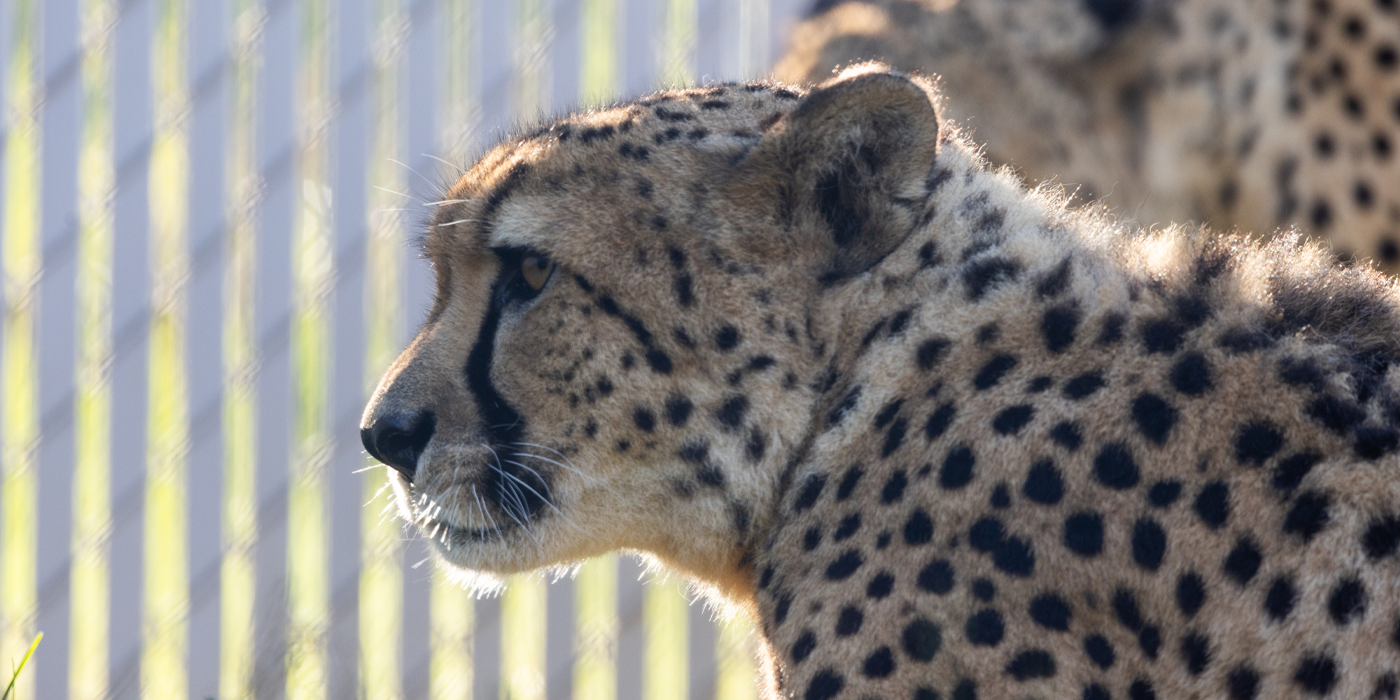
9-year-old Asante, pictured at the Zoo's cheetah breeding center in Front Royal, Virginia.
Based on AZA recommendations, 9-year-old Asante was the clear mating choice for Echo. However, another male, 7-year-old Flash, had been brought from Toronto specifically to take part in the Smithsonian’s breeding program. Flash had valuable genes to contribute, but never quite figured out how to successfully mate.
Animal care staff reasoned that if Asante’s breeding attempt failed, Flash could still get a chance to strengthen the diversity of his species.
“Echo was in a very strong estrus and was receptive to each male on different days. It was the best option that we had for the population to have both Asante and Flash try to produce cubs with Echo.” said Crosier, who also serves as the AZA’s Cheetah SSP coordinator. “Genetically, it’s beneficial for everybody.”
On both occasions, nature took its course. Staff confirmed Echo’s pregnancy on July 28.
Three months later, the second-time mother gave birth to five surviving cubs, four of whom are temporarily known by the fur markings keepers use to tell them apart: three males named Back Shave, Left Hip Shave and Left Shoulder Shave, and a female named Right Shoulder Shave. The fifth cub, a female named Stripe, was named for the natural and distinctive stripe of black fur that runs down her back.
In October 2023, animal care teams collected blood samples from each cub during a routine veterinary exam, and the DNA was passed on to the genetics laboratory for testing.
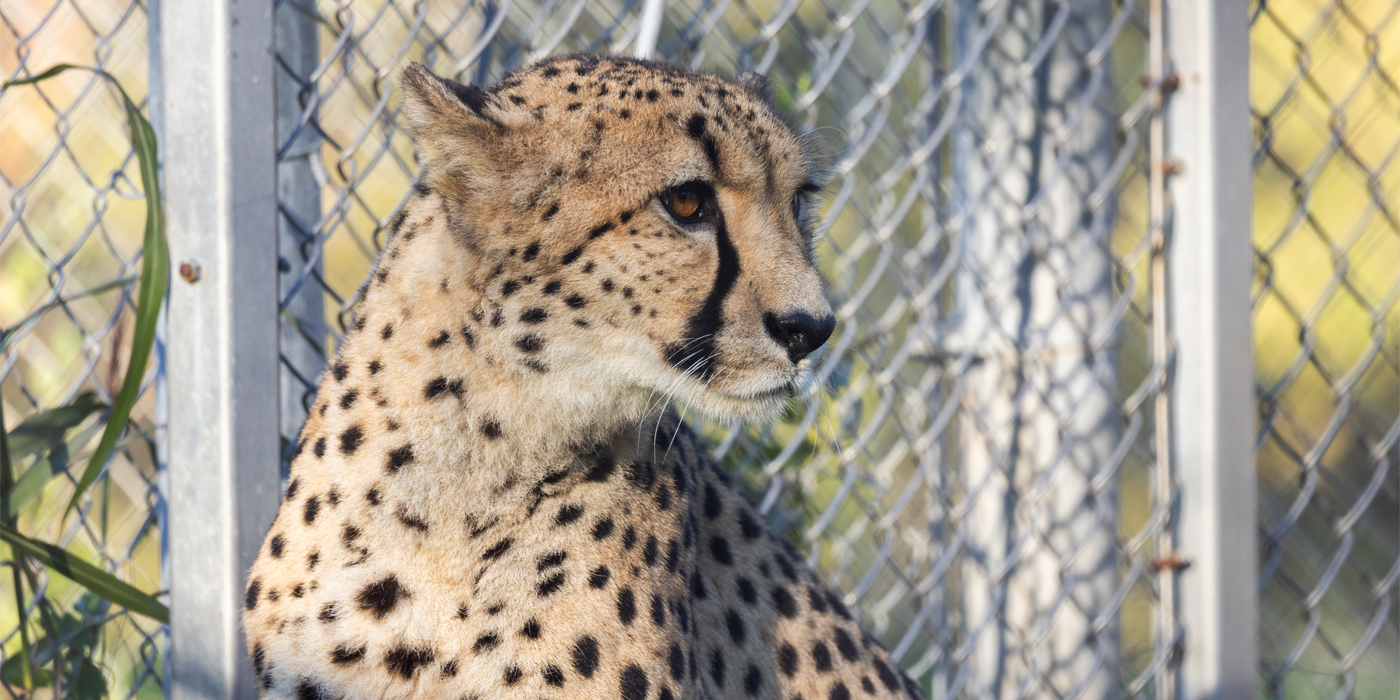
7-year-old Flash, pictured at the Zoo's cheetah breeding center in Front Royal, Virginia.
The science behind the DNA test
If you wanted to perform a genetic analysis to determine your own parental heritage, you’d probably conduct an analysis that targets microsatellite markers in your genome. Microsatellites are short segments of DNA that are repeated multiple times at specific locations within your genome. These microsatellite regions can be found in thousands of different parts along your genome. The number of repeated segments within a microsatellite often varies among individuals, and come in various forms, or alleles.
Alleles are sequences of DNA inherited from your parents. If an allele is present in your DNA, and it did not come from your mother, it almost certainly came from your father. Identifying the different alleles that you possess is important because they serve as markers you can revisit when you compare your own DNA with someone else’s. If you compare enough microsatellite markers, you can gradually get rid of the potential parents who don't have the correct alleles until you're eventually left with the one parent who has matching DNA.
The process of testing for paternity is essentially the same across mammalian species, including humans. But because cheetahs are so similar on a genetic level, finding places where cheetah DNA differs among individuals is a bit like searching for a needle in a genetic haystack. Accurately assessing cheetah paternity could only be viable if researchers knew exactly where to look along the animal’s genome.
Fortunately, the groundwork had already been laid for such a test. A team of scientists within the genomics laboratory recently designed their own markers—10 of them—as part of a separate research project on cheetah genetics within the North American zoo population. These markers, developed by scientists Klaus-Peter Koepfli and Morgan Maly, are ultimately what enabled the genomics team to solve the mystery and determine the lineage of Echo’s cubs.
The results? A litter of mixed parentage.
In the wild and in human care, female cheetahs are known to mate with multiple partners while they are fertile and can bear a single litter of cubs sired by multiple males. Staff suspected the litter may have been fathered by both sires, and the results confirmed their hunch.
“When we looked at each marker, we could see that all of the cubs had alleles from Echo, but some of the cubs had alleles from Flash, and some had alleles from Asante,” said Nancy Rotzel McInerney, the laboratory manager who led the analysis.
Among Echo’s five cubs, two—Left Shoulder Shave and Right Shoulder Shave—were sired by Asante, and three—Back Shave, Left Hip Shave, and Stripe—were sired by Flash.
“Because we had previously developed these highly informative markers for cheetahs, we were able to determine the cubs’ parentage quickly and conclusively,” said Smithsonian research geneticist Jesus Maldonado. “This shows that we have found markers with the power to differentiate between very closely related potential sires. It highlights the result of teamwork and a shared history of collaboration.”
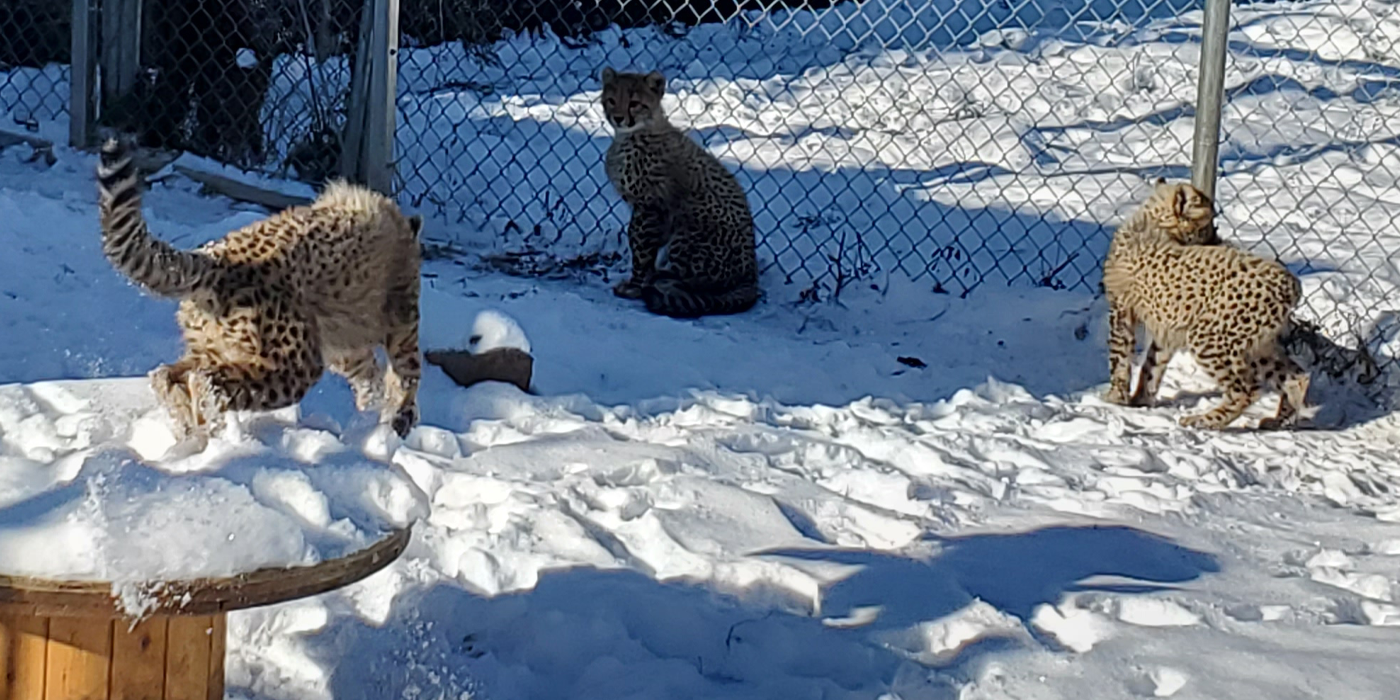
Three of Echo’s cubs on a snowy day in Front Royal, Virginia.
A future for cheetahs
Wildlife biologists believe a genetically healthy ex-situ population in North America may prove to be a valuable resource for protecting the 7,000 cheetahs currently living in the grasslands of Africa. As wild populations dwindle and become fragmented, the species is losing genetic diversity at an alarming rate.
It will be a few more years before Echo’s cubs are old enough to contribute to the long-term survival of their species. Still, having multiple lineage options in a single litter can only strengthen future cheetah conservation efforts, said Crosier.
“It’s exciting that both sires were represented in Echo’s litter. Especially Flash, because he’s never had any cubs and now he’s represented in the population… From a genetics standpoint, that’s huge.”
Related Species:

